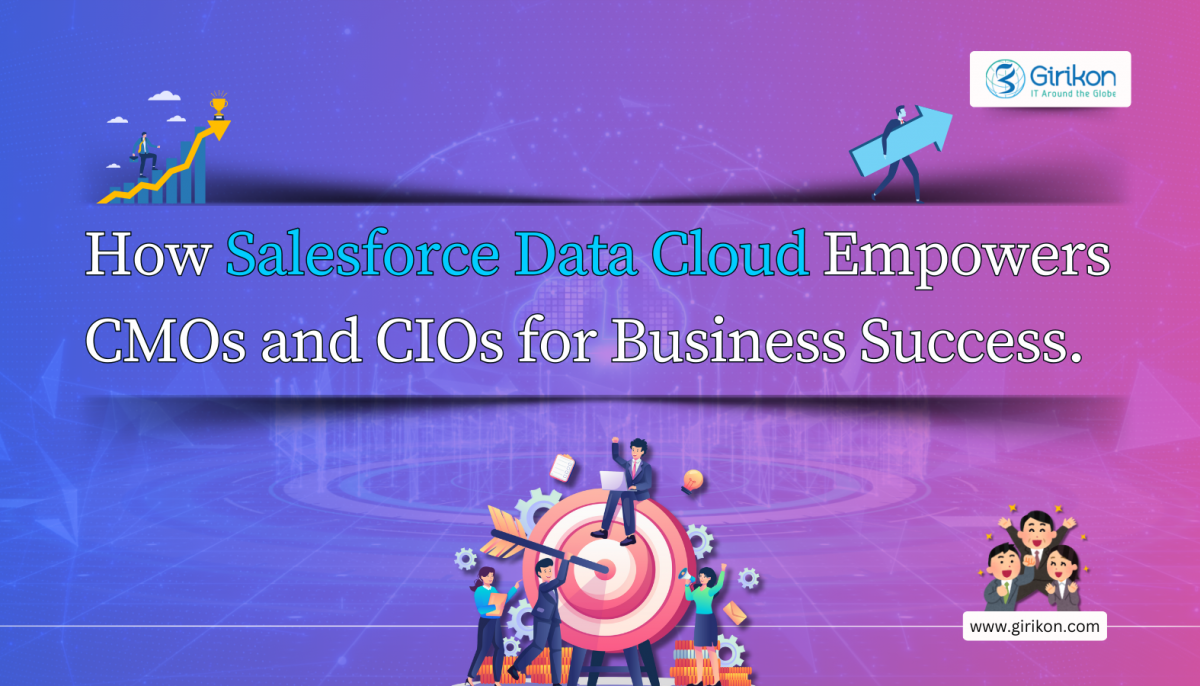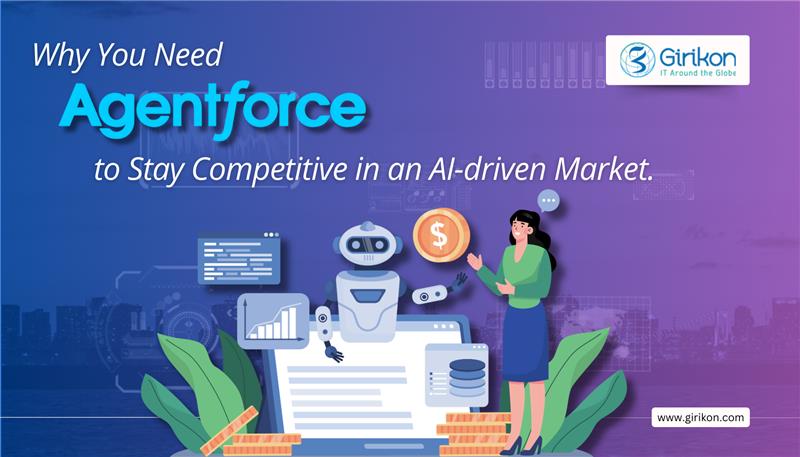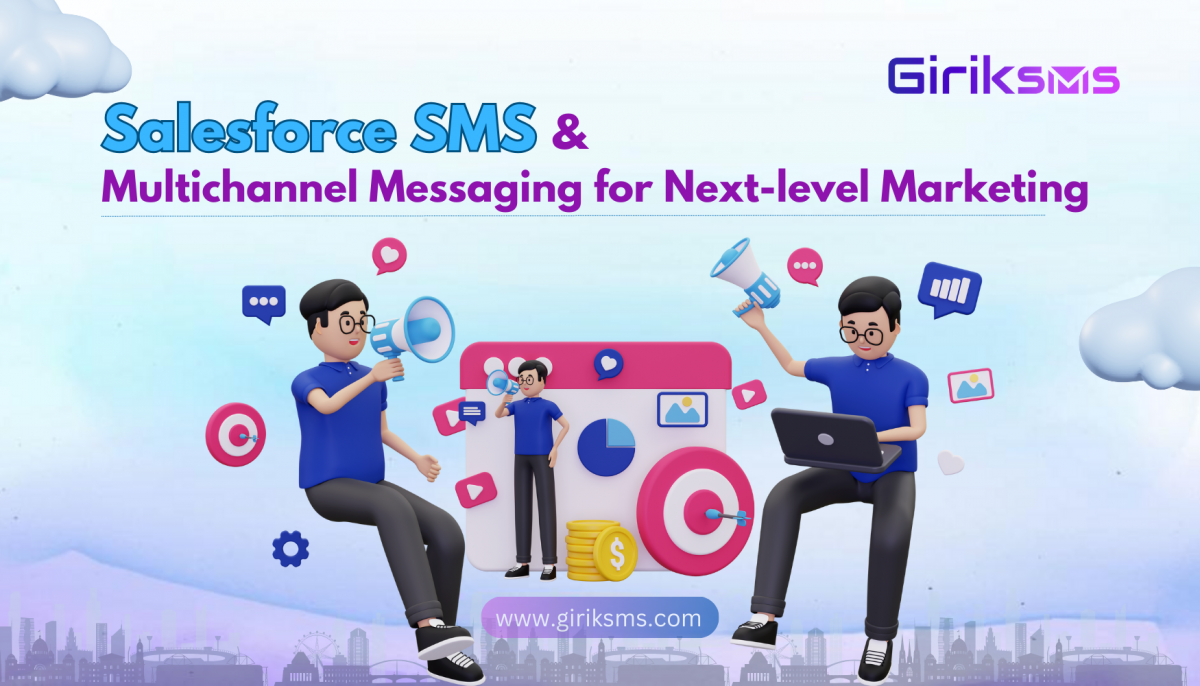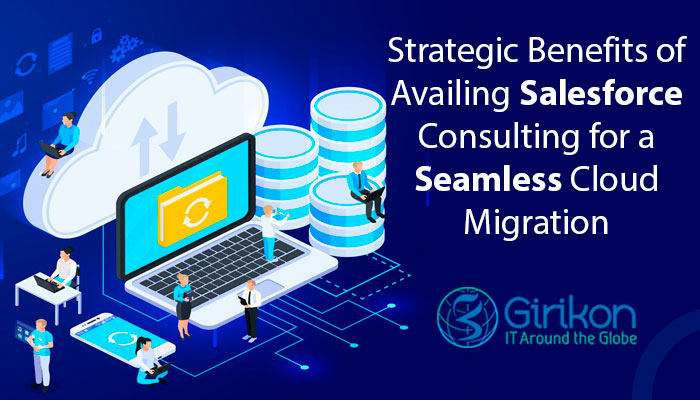When Salesforce acquired Vlocity in 2020, it acquired the capability to sync its core platform with industry-specific solutions & processes. This tailoring of its cloud offering addresses industry specific business needs as well as legal and regulatory needs of companies. Salesforce Industries also offers enhanced data models to serve various industries such as Financial Services, Government, Health, Government, Manufacturing, FMCG, Energy & Utilities, Communications and Media & Entertainment.
More often than not, architects find themselves working on a project with industry-specific requirements. And they need out-of-the-box capabilities from the Salesforce Platform.
What is Salesforce OmniStudio?
Salesforce OmniStudio is powerful suite of 4 core task-based components. They are:
OmniScript
DataRaptor
Integration Procedure
FlexCards
These components empower architects to consolidate applications, quickly bring up new users to productivity, and lower overall costs-to-serve. Salesforce OmniStudio is available as a complete native managed package that can add additional functionality to your existing Salesforce instance.
Data model
Salesforce Industries comes with industry-specific data models, as a layer on top of the Salesforce object model. The data model is completely additive. It is designed to enhance standard objects and fields or allow addition of new custom objects and fields. In other words, there is no duplication of any existing entity.
OmniScript
Architects across the world prefer tailored solutions to simplify maintenance and operations of systems. If you wish to deliver engaging digital experiences which can seamlessly integrate into your website, then OmniScript will help you get the best out of your engagements. With OmniScript you can easily deal with industry-specific cases.
OmniScript enhances interactions by offering tools that are user-friendly can be tailored to deliver additional value to end-users. Also, it offers a code-less environment since it comes with ready-made aspects which can be deployed easily across channels and devices.
Functionalities of OmniScript:
It allows you to easily compose interactive processes for every use case, and allows you to branch easily.
OmniStudio comes with a drag-and-drop OmniScript editor feature. Architects can use this feature to proof-read their work. There are also in-built troubleshooting tools to fix the processes.
Device and channel agnostic. Users can access it from anywhere – whether mobile or web. If you are using a mobile app, you can use the OmniOut function to install Lightning Web Components (LWC) OmniScripts for these systems.
It allows for easy prototyping of user experiences enabling reuse without any challenges by distinguishing between the JSON metadata structure, the data, and the templates.
Allows easy generation of LWCs which can then be used in the Lightning App Builder.
DataRaptor
DataRaptor is a user friendly mapping tool. It allows architects to efficiently extract, store, and access data. DataRaptor allows easy configuration for negotiating any data. With DataRaptor, architects can easily extract, load and transform data conveniently.
There are main 3 components in DataRaptor are:
DataRaptor Extract – It allows you to retrieve data from Salesforce. With DataRaptor Turbo Extract, you can restore data from a single Salesforce source
DataRaptor Load – It allows you to save data
DataRaptor Transform – As the name suggests, it allows you to transform data
DataRaptor acts a connecting bridge between Salesforces and OmniScript/ FlexCard. It loads data from Salesforce and sends it to these sources and sends updated data from these back into Salesforce. It can auto-generate Apex REST web services to work seamlessly with external applications.
Integration Procedure
Integration Procedure is a declarative process that allows you to generate multiple actions with a single hit. It reads data from Salesforce and writes data back to it. With integration procedure, you can also do the same with external systems through REST calls. Integration procedure also allows you to execute Apex code without any user interaction.
These are the features of Integration Procedure:
Executes functions across multiple data sources such as Salesforce, external systems.
Can serve as a data source for OmniScript, FlexCard, REST or Apex.
Trims data that is served to the browser from the server reducing data transfer traffic.
Process huge amounts of data easily.
Allows you to easily load and transform data from third-party sources without any user interaction.
Works with clicks not code, which allows for easy integration and configuration.
Automatically creates REST endpoints to work seamlessly with external systems.
Works seamlessly with Declarative Platform Cache configuration that improves performance and reduces server processing at scale.
FlexCards
FlexCards is an integral part of Salesforce Industries. FlexCards allows you to create industry-specific UI components catering to specific customer needs. FlexCards uses the LWC framework and allows for easy deployment options via Community Builder and App Builder.
FlexCards acts as a data source for DataRaptor, Integration Procedure, REST, Apex etc. When using FlexCards, only data that is relevant to the user is thrown up based on the configuration.
The features of FlexCards are:
Displays consolidated, concise, and relevant information.
Allows for contextual actions to improve collaboration across business operations
Can be tailored to customer preferences across channels and devices
Can access and assess data from Salesforce and external applications
Has an intuitive code-less declarative editor
Auto-creates Lightning Web Components
Advantages of Omnistudio.
Accelerate innovation with declarative tools that empower you to go digital quickly.
Easily deploy industry-specific processes fast to automate interactions
Simplify integrations with drag-and-drop functionality with a modular, granular-service oriented approach
Build tailored flexible, scalable and branded user interfaces with an intuitive code-less configuration
Automate the customer service experience easily with just a few clicks
Make your business agile with scalable digital engagements.
Create code-less, guided user experiences
Allow your users to accomplish complex tasks effortlessly with a flexible, scalable, branded user interface. Easily help them navigate through sales and service processes with quick and personalized responses. Seamlessly integrate with your Salesforce CRM and external systems.
Integrate with external data easily.
Use declarative data mapping and REST interfaces to manage complex data structures fast with a drag-and-drop intuitive interface. Connect with external systems to seamlessly bring in data into the tailored, branded experiences created using OmniScript and FlexCards
Empower agents with contextual information
Streamline and optimize your processes by showing only the data you need, when you need it. Construct guided user interfaces with clicks, not code. Quickly get data into FlexCards from multiple sources.
OmniStudio gives you the tools to accelerate value realization.
Interaction Console
Get easy access to dashboard components that give you a 360 degree view of the entire customer journey and offer insights to help resolve issues faster.
IDX Workbench
Easily migrate changes and manage cross organizational dependencies and simplify DevOps. Visualize and compare changes across versions in a desktop app. Easily switch components across source control, sandboxes, and production.
Omni Analytics
Visualize data to understand process performance and identify trends. Take actions to improve core metrics and KPIs.
Project Explorer
Structure industry processes by organizing metadata into collections that can be accessed from anywhere in the org. Search and navigate easily across items.
At Girikon, a Salesforce Implementation Partner, we recognize the promise that Salesforce Industries and OmniStudio bring for architects. And with Salesforce’s commitment to continued enhancement, it promises enduring productivity and innovation for architects. Contact us today to learn more.
In today’s pandemic context, businesses around the world have embraced digital transformation to re-imagine their internal processes. In partnership with global Salesforce Consultants, the Customer 360 platform has helped organizations witness exponential growth in lead conversion and customer satisfaction scores. And with digital transformation, there has been growing need to make the platform available to field services. And that led to the birth of Salesforce Field Service Lightning.
Salesforce Field Service is a solution that extends the power and flexibility of the Salesforce platform to field service operations. Multiple teams across geographies can be easily connected to everyday field service tasks that require site visits in real time.
What Is Salesforce Field Service Lightning?
Salesforce Field Service Lightning is Salesforce’s new offering as part of its Customer-360 platform to augment the customer experience through field services. One of the hallmarks of Salesforce CRM is the 360-degree insight on customers. With Field Service Lightning, customer information percolates downstream to the field service agents. Along with that, Salesforce also provides a Field Service learning map, a handy resource to guide you on your path to Field Service success.
Let’s dive deeper into the key functions of Salesforce Field Service Lightning to understand why it’s useful for businesses.
Task Assignment
This is perhaps the most attractive feature of Salesforce Field Service Lightning. With this function, you can quickly create tasks for your field service agents and track the tasks assigned in real time. Standard activities such as appointments, maintenance tasks and other field activities can be easily managed by the field agents and technicians.
And because of the fully integrated capability of the Salesforce platform, Field Service Lightning comes integrated with contacts, accounts, cases, and other items. You can get access to knowledge articles and real time tracking of SLA compliance with relevant milestone tracking or visit resolution.
Service and Resource Allocation
Field Service also allows you to automatically customise and assign tasks as per company guidelines. And not just that, it also allows you to book appointments easily based on customer data and tailor the relevant tool for a particular task based on capacity, location, and business rules. Customers can also auto-book an appointment conveniently.
Real Time Inventory
Using the Field Service mobile app, you can view the assets installed at client locations using the barcode scan function. You can scan team barcodes and update the inventory available with a particular truck. This allows the field technician to easily manage the tools inventory and materials that is being transported to the customer.
The required field service tasks can be associated with both the inventory required for the task as well as the skills required to complete them. You can configure multiple storage locations for materials and tools which could be fixed locations such as warehouses as well as mobile inventory such as trucks or backpacks.
Dispatcher Console
You can easily assign tasks and link it to the right agent based on multiple criteria such as work location, required knowledge to accomplish the task, agent availability, and much more.
The dispatcher can get a complete view of all scheduled appointments, their stratus updates, with alerts for issues that require urgent intervention. The field service map shows you the status of the service task in real time, showing the current location of the both the technician as well as the client. With this feature, tracking and management of field technicians becomes more efficient.
Field Service App
Using the Field Service Mobile app, the field technicians can view the list of pending tasks for the day in real time. Tasks can be viewed in 2 ways: a sequential list for the day ahead or a map that shows the route to follow. Technicians can also fill in the necessary information required to complete the task. The app also provides relevant guidance to the technician to ensure that the necessary steps are followed to confirm the appointment, making their job easier.
Field Service Lightning comes integrated with Chatter. This allows field technicians to share updates with other technicians or the dispatcher in real time. Customers can sign on the app itself and technicians can create service reports by having a digital document about the job.
The app also works seamlessly in offline mode, which may be necessary in remote areas. In offline mode, all Field Service functions are available in the app. This allows technicians to complete tasks in areas where there is limited or no mobile service. Technicians no longer have to be limited by circumstances and can deliver great customer service everywhere.
Data Analysis
Salesforce has set a gold standard when it comes to data analysis and Field Service Lightning is no different. In Field Service, you can easily perform data analysis on the go with just a few taps. You can create comprehensive custom views of technicians, supervisors, and third party contractors. Salesforce Field Service Lightning allows you to easily integrate all data from multiple systems making service and its supervision possible.
4 Advantages of Salesforce Field Service Lightning
Salesforce Field Service Lightning integrates seamlessly with tools of the Salesforce ecosystem such as Service Cloud to deliver greater efficiency and productivity.
Shift Management
Organizing field service teams in shifts and complex trip management is a thing of the past. Salesforce Field Service Lightning is built on an object model that allows for improved and easy management of these processes. Supervisors and managers can easily manage resources and shifts and relieve administrators of unnecessary heavy lifting of mundane tasks.
Dependencies
Linking tasks can now be done easily with Field Service Lightning. More often than not, tasks have dependences and its critical to correlate them to maintain service levels. This is particularly helpful in scenarios where a particular work order has multiple tasks that must be completed.
Service Groups
This allows field service agents to work as a collaborative team for easier planning and execution of field service tasks. This brings in fluidity to the entire service operations.
More often than not, field service teams work under the assumption that everyone has similar skills, which limits a work order to be able to allocate resources using a combination of skills. For instance, if you need a carpenter and a plumber, they should be assigned to different service appointments with the same start dependencies amongst them. This feature comes in handy for certain scenarios such as professional services or complex engineering.
Salesforce is committed to continue its technology innovation to bring value to its customers, their employees and partners across industries. Field Service offers a significant improvement for your business, covering all your task and logistic management needs and ensures that your field service agents can spend most of their time on what they do best and not in mundane, repetitive tasks.
At Girikon, a Gold Salesforce Partner, we offer consulting, implementation, and training across the entire spectrum of Salesforce products. To know more about how Salesforce Field Service Lightning can significantly improve the efficiency of your field service operations, contact us today.

 +1-480-382-1320
+1-480-382-1320 +44-7428758945
+44-7428758945 +61-1300-332-888
+61-1300-332-888 +91 9811400594
+91 9811400594


















